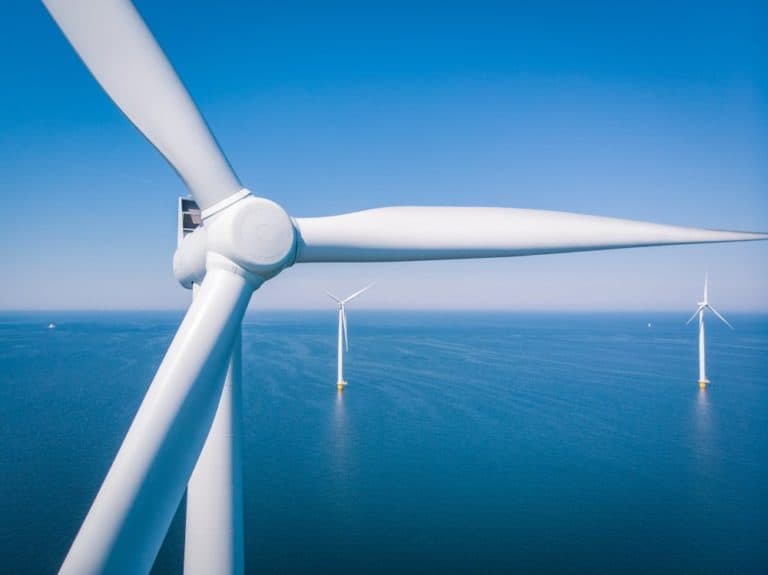DeepMind, which was acquired by Alphabet in 2014, has been working on artificial intelligence to solve complex problems since 2010. One of DeepMind’s latest projects focuses on predicting the yield of wind turbines for a period of 36 hours.
That’s what Google is writing today in an extensive blog post. Wind energy is one of the key elements in the plans of governments around the world to move away from coal-fired power plants and other non-renewable energy sources. But the wind energy generated by the turbines fluctuates and depends mainly on the wind force.
Developing AI
The fact that the energy generated by wind turbines fluctuates is a problem. After all, energy suppliers buy electricity from the wind farms and they must therefore meet certain targets. When the generated wind energy is disappointing at a certain point in time, the owners of wind farms often buy in power to compensate. In order to predict exactly when to buy, wind farm owners have been using artificial intelligence for years.
But wind is and remains extremely complicated to predict, mainly due to the large number of factors that affect it. For this reason, DeepMind has also ventured into this. DeepMind’s AI program predicts the output of Google’s wind farms with relative accuracy. The algorithms were trained on historical weather data and a year’s worth of output generated by Google’s wind turbines.
Predicting wind output
Google and DeepMind wanted to be able to predict the wind output for at least 36 hours. This is important, because energy sources that we can carefully predict (and at some point can generate a certain amount of electricity) are more valuable to the network, according to Google, which generates about 700 megawatts with its wind turbines.
Thanks to the DeepMind model, reasonably accurate power could be purchased. Administrators did this 24 hours in advance and on an hourly basis. According to Google, this accuracy also yielded a considerable profit: the value of our wind energy increased by 20 percent, according to the company.
This news article was automatically translated from Dutch to give Techzine.eu a head start. All news articles after September 1, 2019 are written in native English and NOT translated. All our background stories are written in native English as well. For more information read our launch article.